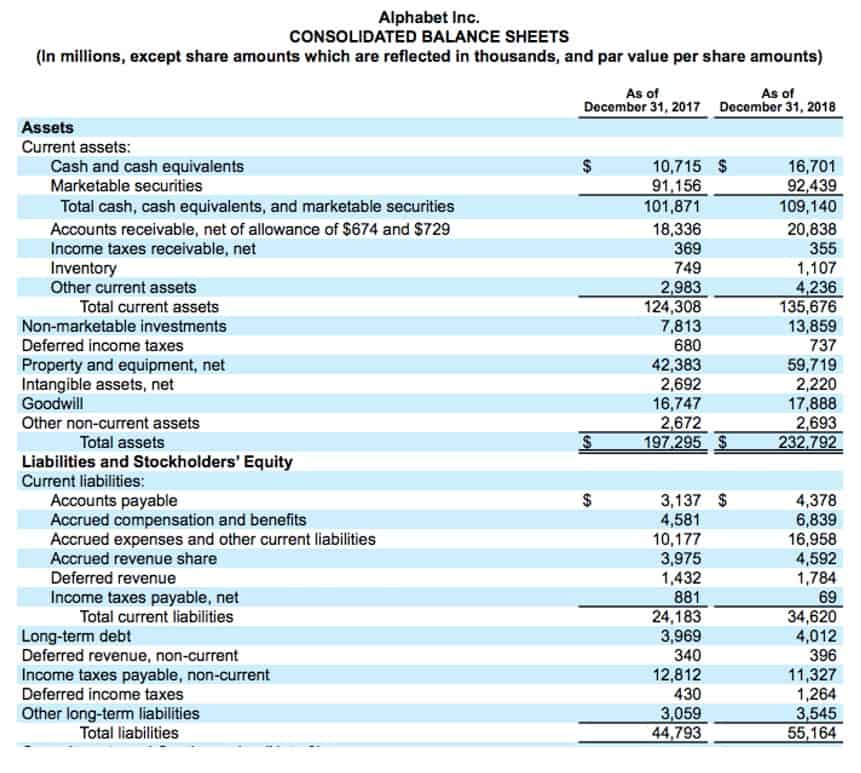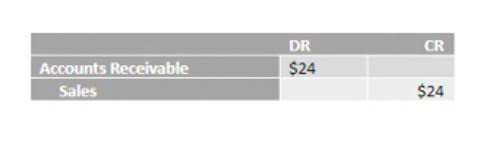
11 Financial may only transact business in those states in which it is registered, or qualifies for an exemption or exclusion from registration requirements. 11 Financial’s website is limited to the dissemination of general law firm chart of accounts information pertaining to its advisory services, together with access to additional investment-related information, publications, and links. Yes, each business should have its own Chart of Accounts that outlines the specific account categories and numbers relevant to their operations.
- But while a basic accounting system can keep the firm’s lights on, a more strategic approach to the firm’s financial data can give the firm owner the information they need to make the business better.
- Thanks to accounting software, chances are you won’t have to create a chart of accounts from scratch.
- For example, if the first digit is a “1” it is an asset, if the first digit is a “3” it is a revenue account, etc.
- With online accounting software, you can organize and track your balance sheet accounts.
- A well-structured COA is essential for generating accurate financial reports, enabling the management to monitor financial performance and make informed decisions.
- Current assets are those that can be converted into cash or used up within one year, such as cash and inventory.
- Every company is different so, depending on your operations, industry, and other critical factors, the template is only as good as you make it.
Which of these is most important for your financial advisor to have?

Sales are reported in the accounting period in which title to the merchandise was transferred from the seller to the buyer. A related account is Insurance Expense, which appears on the income statement. The amount in the Insurance Expense account should report the amount of insurance expense expiring during the period indicated in the heading of the income statement.
Revenue

To create a comprehensive and effective chart of accounts, it’s vital to understand its structure and the different types of accounts it includes. Breaking down the COA into categories such as assets, liabilities, equity, revenue, and expenses allows for easy organization and analysis of a company’s financial health. Additionally, integrating a COA into accounting software can further streamline financial management and reporting. Charts of accounts use a numbering system to aid with recordkeeping, and are divided into asset, liability, equity, revenue, and expense accounts.

What is your current financial priority?
If the rented space was used to manufacture goods, the rent would be part of the cost of the products produced. Cash and other resources that are expected to turn to cash or to be used up within one year of the balance sheet date. As your business grows, so too will your need for accurate, fast, and legible reporting. Your chart of accounts helps you understand the past and look toward the future.
Following the previous example of a bakery shop, you purchased flour for your bakery. Once you complete the purchase, it reflects your debit (increase) the “Flour Inventory” account and credit (decrease) the “Cash” account. Strategic Business Plan with Accounting Records bookkeeping plays a vital role in business growth. For better accounting, there are certain procedures which needs to be followed properly.
- Expense accounts allow you to keep track of money that you no longer have.
- Also included are the benchmarking survey categories that each income and expense account would correspond to.
- All advisory firm owners – at least those who use accounting software like Quickbooks – use a Chart of Accounts in their business.
- These accounts equate to the equity value remaining in your business after deducting your liabilities from your assets.
- Examples include cash, investments, accounts receivable, inventory, supplies, land, buildings, equipment, and vehicles.
- This chart of accounts example includes a variety of common account types and their typical numbering.
Adding New Accounts

Additionally, we’ll provide a free template to create your own chart of accounts. As part of the equity accounts, retained earnings serve Bookstime as an indicator of the company’s financial health and its capacity to generate profits for continued growth. By closely monitoring retained earnings alongside shareholders’ equity, businesses can make informed financial decisions that enhance shareholder value and long-term sustainability.

